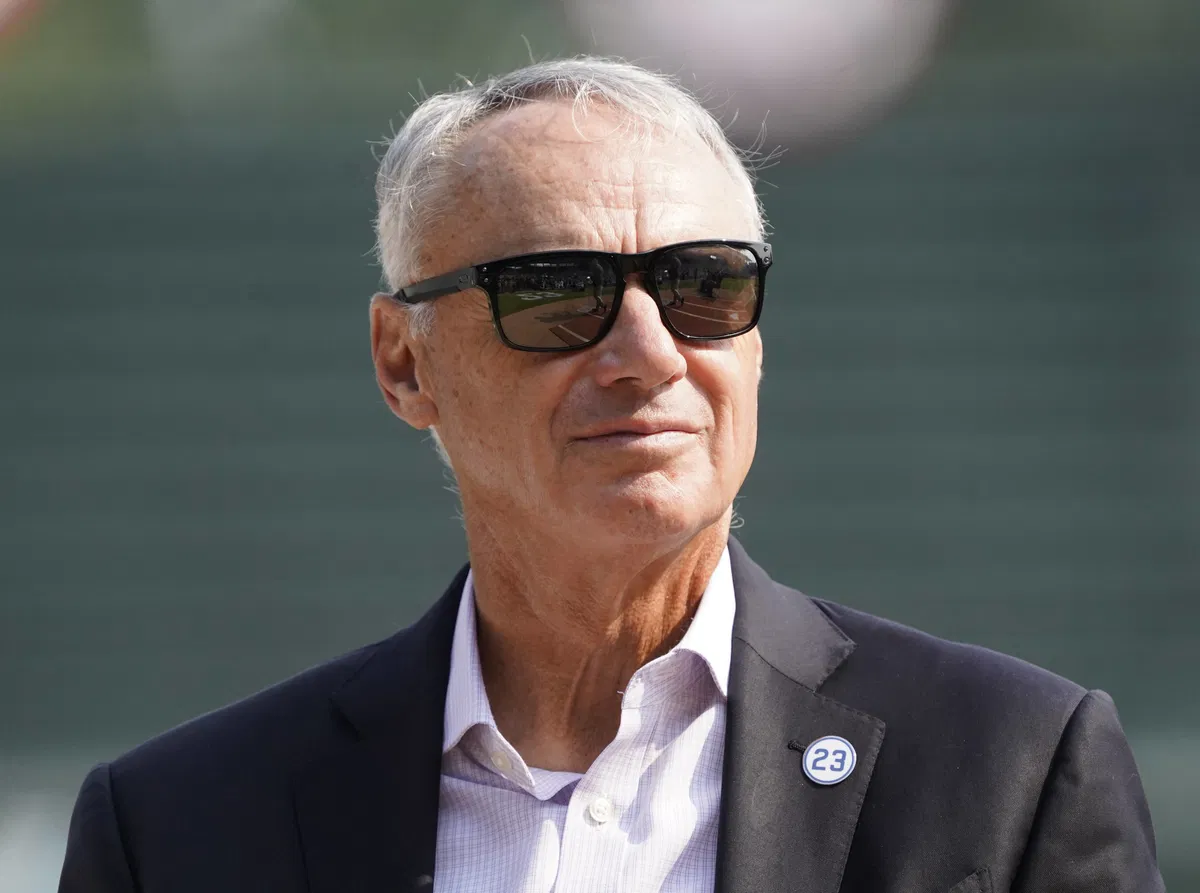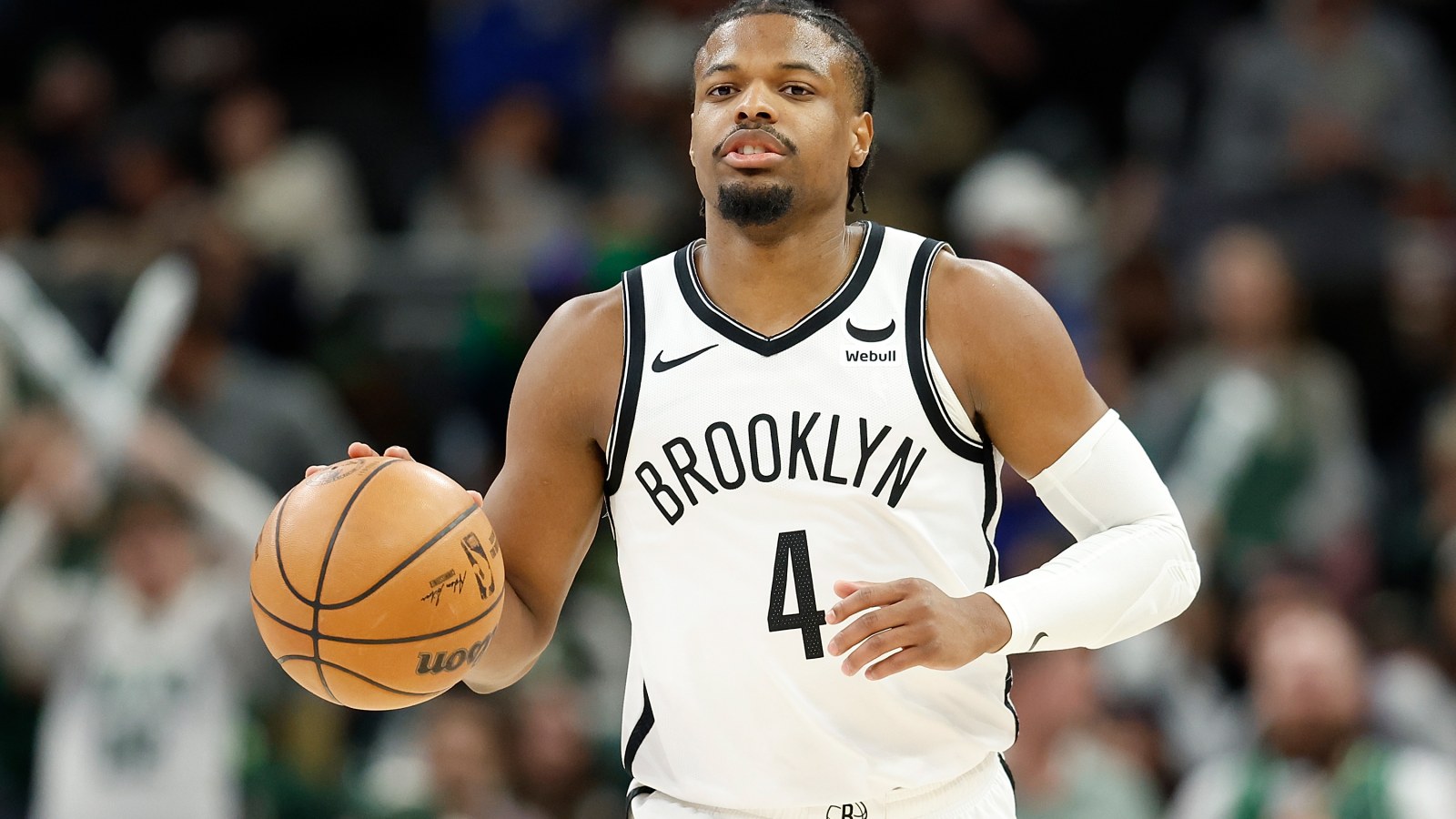
While the spotlight firmly remains on the fast-approaching postseason, the league has made a big decision behind the scenes that could alter many teams’ plans for next year. As the playoff buzz takes over the baseball world, scouts of all 30 teams are busy travelling the globe and going through thousands of footage of potential recruits. But Rob Manfred’s new directive could completely change this process.
ESPN’s Jeff Passan notes that, “Major League Baseball has unveiled its first-ever Amateur Recovery Period, a policy that bars clubs from scouting or collecting on-field data from amateur players during designated off-season months.” So, what exactly does this policy aim to achieve?
The idea is simple. It’s to give young players real downtime. For high school juniors and seniors, that recovery window runs from October 15 to January 15, and for college players, it’s November 15 to January 15. And during that stretch, MLB team scouts aren’t allowed to attend games, showcases, or training sessions. And the reason for this actually makes sense.
ADVERTISEMENT
Article continues below this ad
Back in December, there were reports of increasing pitching injuries at every level of the game. The rise in elbow injuries pushed MLB to consult more than 200 experts, and the one major takeaway they received was that the nonstop, year-round baseball schedule needed regulating.
ADVERTISEMENT
Article continues below this ad
In a race to get into the big teams’ radar, high-school and college players are indulging in high-effort training. They’re embracing packed offseason events without enough recovery time, and the results have been alarming. According to The American Journal of Sports Medicine, over 80% of pitchers at MLB’s 2023 combine showed some sort of abnormality in their ulnar collateral ligament.
Call it a coincidence or not, the increasing trend of amateur players opting for high-effort training coincides with the fall in Little League’s popularity.
MLB should also focus on the resurrection of Little Leagues
Barring the scouts from checking on the amateur players will not solve the entire problem here. But the focus should be more on the resurrection of how the traditional baseball pipeline worked all these years. Just check the names like Cody Bellinger and Jurickson Profar, who are now well-established in MLB. They all came out of the Little Leagues. However, the current reality says otherwise.
Little League Baseball has seen a steep drop in participation in recent years. In fact, according to a 2019 report by The Atlanta Journal-Constitution, the Southeast Region alone has lost 43% of its players since 2007. At the same time, travel ball has exploded in popularity. Largely because it gives kids more exposure to college coaches and scouts, along with the chance to play year-round.
“Young pitchers are foregoing periods of rest and recovery in order to “max out’ at showcase events and perform for MLB teams, even when feeling tired or fatigued,” said Dr. Gary Green, medical director for MLB.
ADVERTISEMENT
Article continues below this ad
As a result, the focus of amateur baseball has shifted away from community fun and toward performance and competition. While that might sound like a win for the professional pipeline, the downside is how overuse is fueling an injury epidemic that’s proving tough to stop.
Now, with MLB restricting the scouts, at least they are taking the first step towards managing young player development



